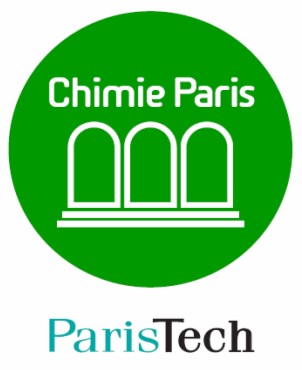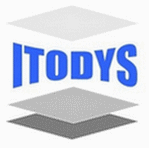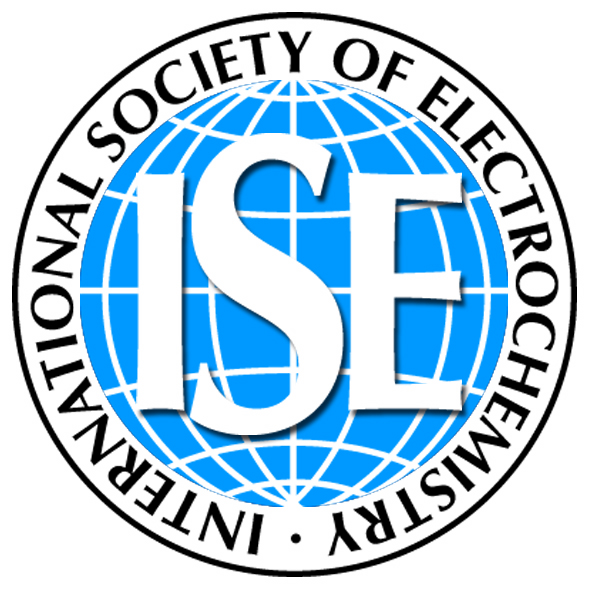
|
Elecnano4 - 7th ECHEMSParis, France23 - 26 May 2011 |

|
Nanocrystalline junctions and mesosocopic solar cells
Michael Graetzel
Laboratory of Photonics and Interfaces, Ecole Polytechnique Fédérale de Lausanne, Station 6,LPI EPFL, CH-1015, Lausanne, Switzerland.e-mail: michael.graetzel@epfl.ch
The field of photovoltaic cells has been dominated so far by solid state p-n junction devices made e.g. of crystalline or amorphous silicon or other chalcogenide semiconductors, profiting from the experience and material availability of the semiconductor industry. However, there is an increasing awareness of the possible advantages of devices referred to as “bulk“ junctions due to their interconnected three-dimensional structure. Their embodiment departs completely from the conventional flat p-n junction solid-state cells, replacing them by interpenetrating networks. This lecture focuses on dye sensitized and quantum dot sensitized mesoscopic solar cells (DSCs), which are leading this new generation of photovoltaic devices [1-4]. Imitating the light reaction of natural photo-synthesis, this cell is the only photovoltaic system that uses molecules to generate charges from sunlight accomplishing the separation of the optical absorption from the charge separation and carrier transport processes. It does so by associating a molecular dye with a nanocrystalline film of a large band gap semiconductor oxide. The DSC has made phenomenal progress, present conversion efficiencies being over 12 percent for single junction and 17 percent for tandem cells. The validated module efficiency has reached 10 percent, rendering the DSC a credible alternative to conventional thin film p-n junction devices. Commercial large-scale production of flexible DSC modules has started in 2009. These solar cells have become viable contenders for large-scale future solar energy conversion systems on the bases of cost, efficiency, stability and availability as well as environmental compatibility.
References:
- B. O’Regan and M. Grätzel , Nature, London 353 (1991).
- U.Bach, D.Lupo, P.Comte, J.E.Moser, F.Weissörtel, J.Salbeck, H.Spreitzert and M.Grätzel, Nature, 395, 550 (1998).
- M Grätzel , Nature 414, 338-344 (2001).
- M.Grätzel, Acc. Chem. Res. 42, 1781-1798 (2009).










